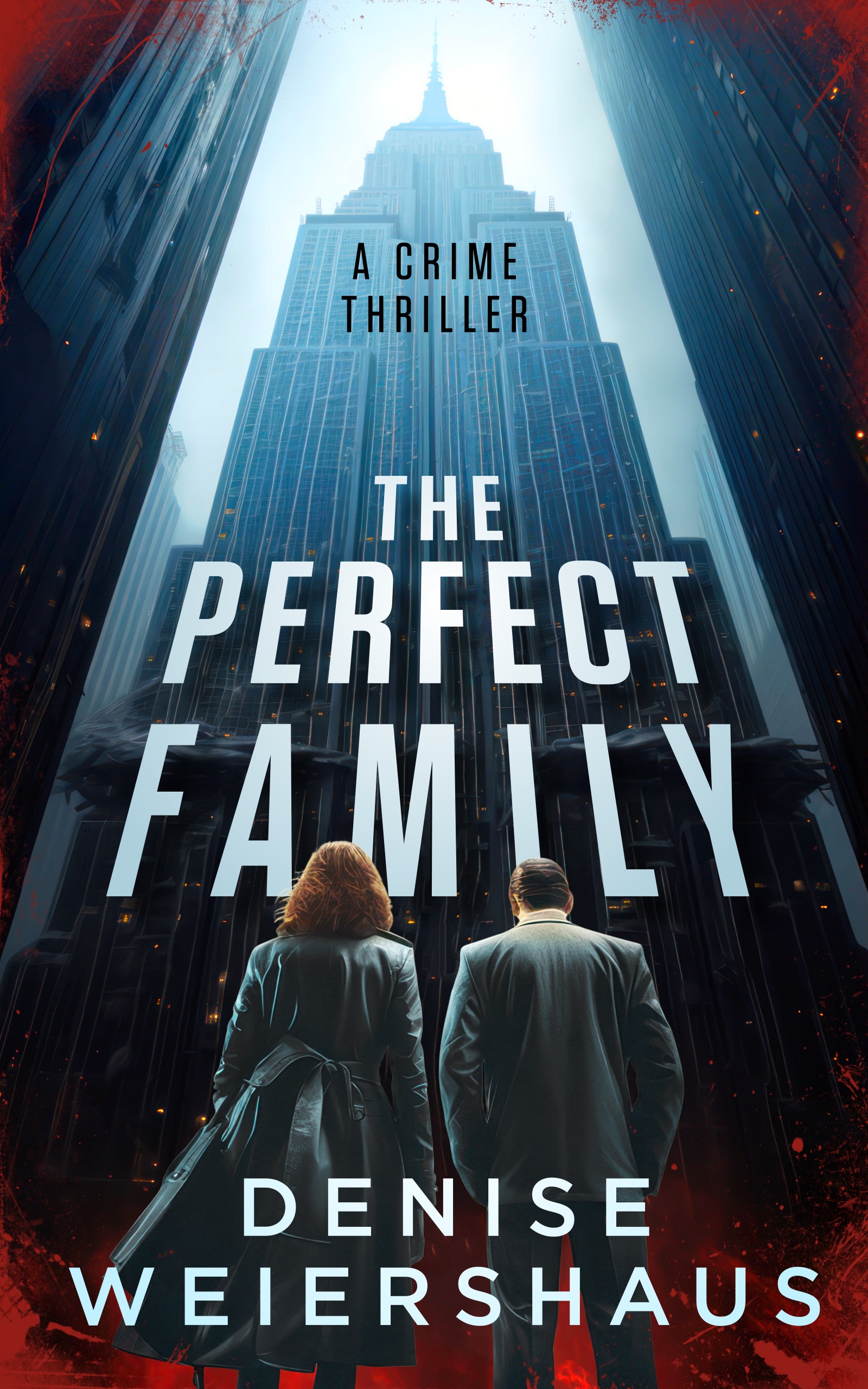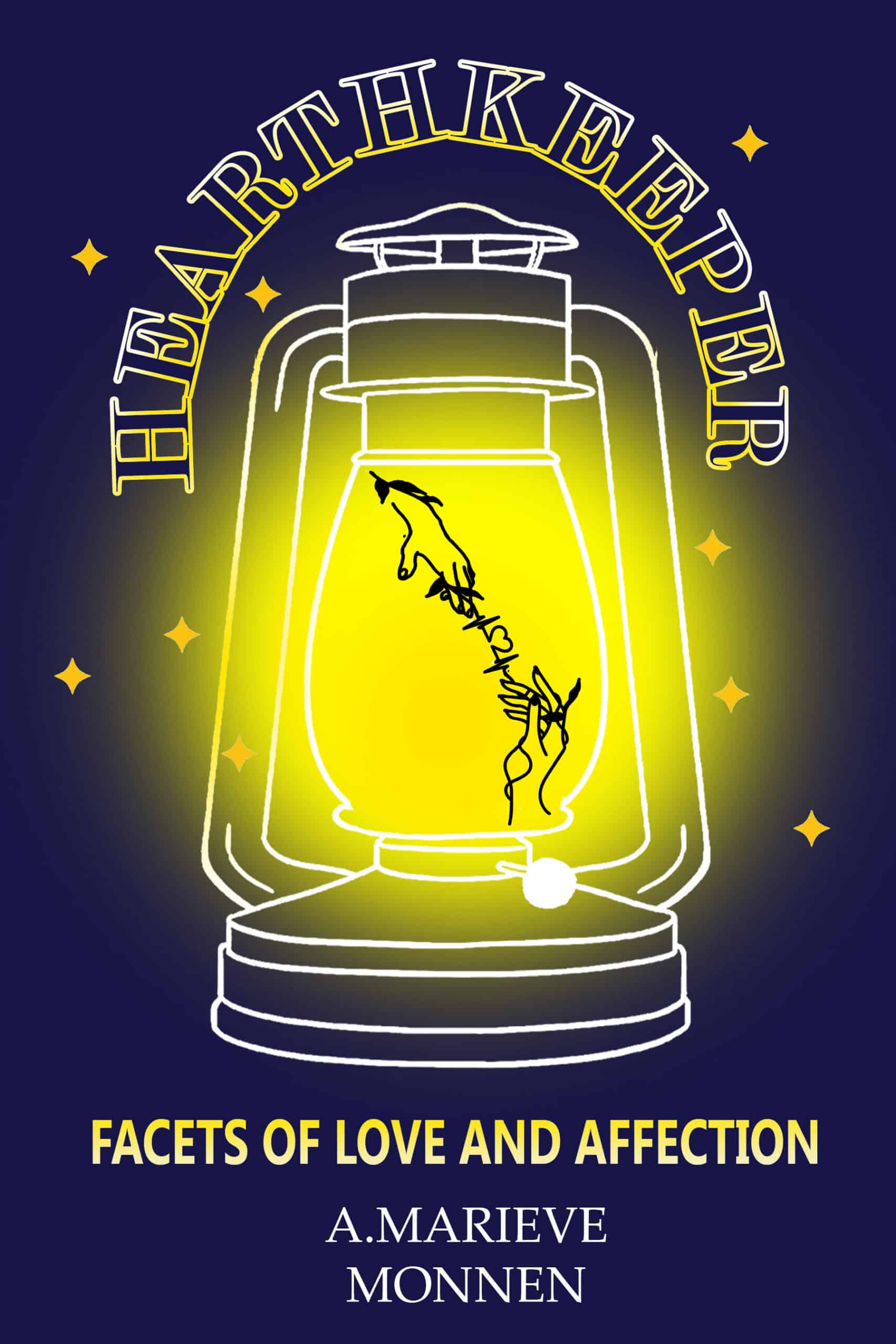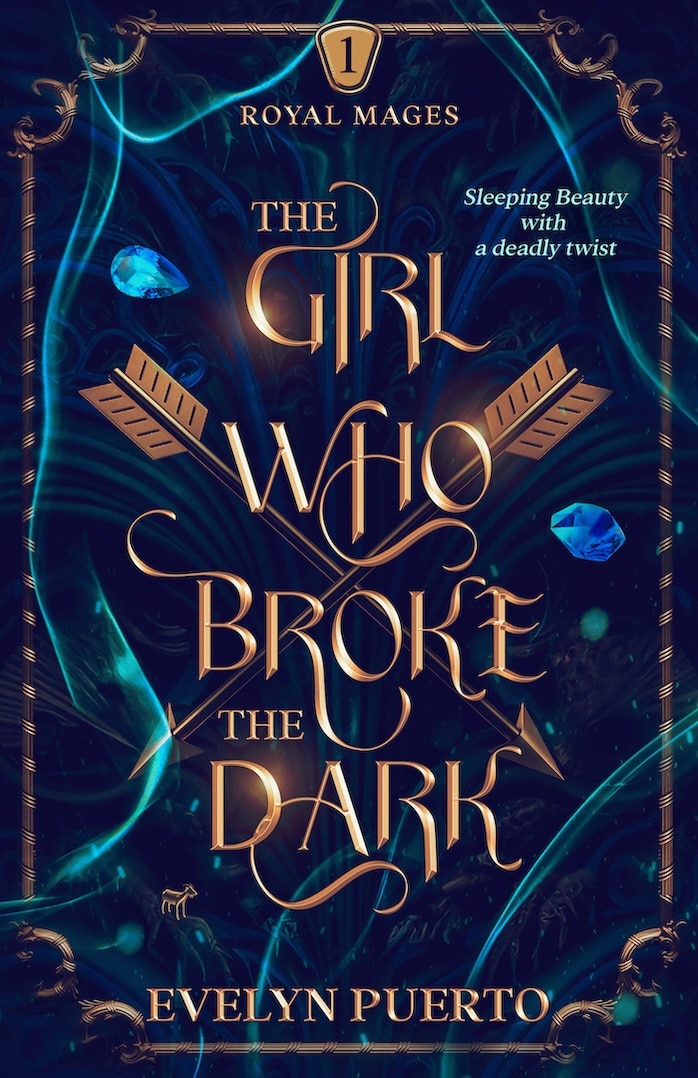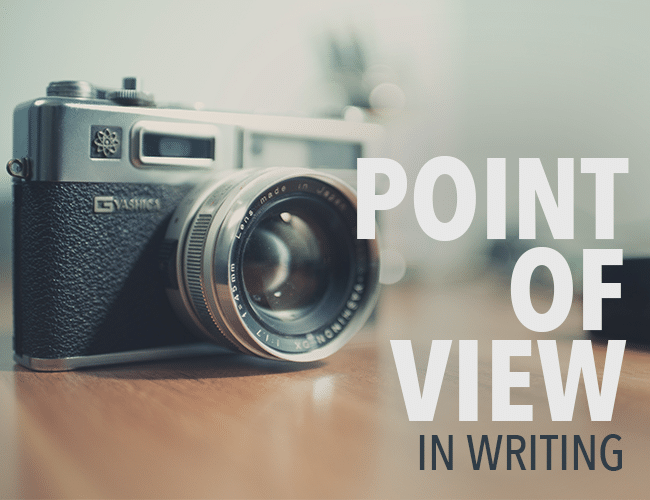
by Joe Bunting |
As an editor, point of view problems are among the top mistakes I see inexperienced writers make, and they instantly erode credibility and reader trust.
However, point of view is simple to master if you use common sense.
This post will define point of view, go over each of the major POVs, explain a few of the POV rules, and then point out the major pitfalls writers make when dealing with that point of view.

by David Safford |
Point of view is the vehicle that drives a story. Get it right, and your novel hums along smoothly and your reader never notices.
Get it wrong, however, and your book becomes an unbearable clunker rife with confusion.
Shawn Coyne, author of The Story Grid, has read a lot of critically acclaimed and successful books, and noticed something about their point of view. All of these books used a specific style of narration, and you can use it too.
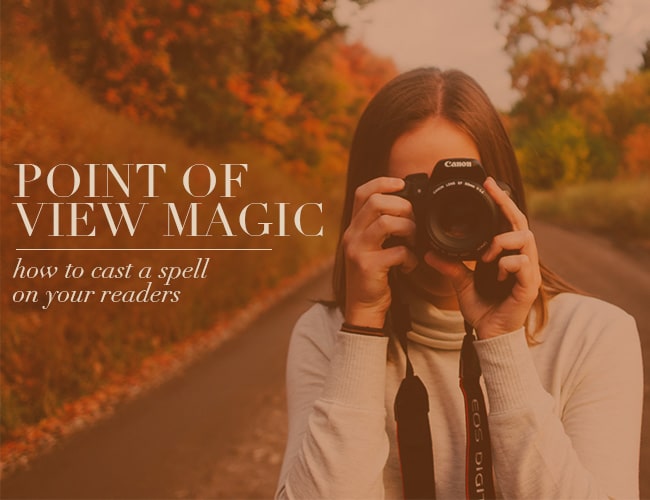
by Joslyn Chase |
What does it take to immerse your readers in your story so deeply that they forget they’re reading? Maybe, for a few hours, they’ll even believe your imaginary world is real.
One of the strongest tools in your arsenal is point of view. Here’s how to capture its magic so your readers get lost in your books.
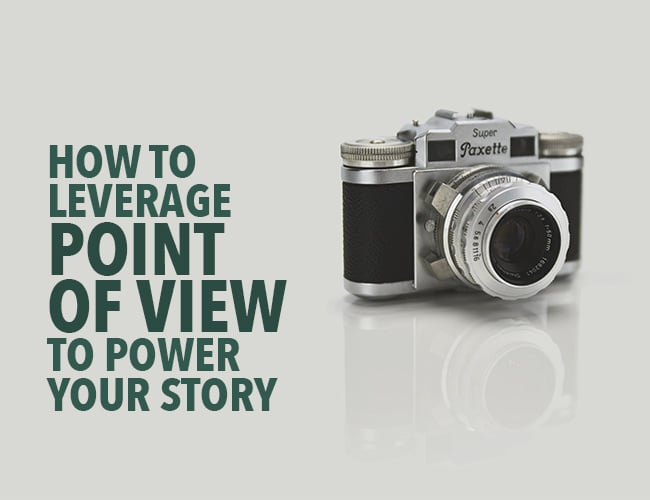
by Joslyn Chase |
Your point of view is one of the first and most important choices you’ll make in any story. Done well, your story’s point of view can draw your readers in to experience your story alongside your characters, and even make them forget they’re reading fiction.
by Monica M. Clark |
Last time in this three-part series The Write Practice shared tips on the first person narrative. Next time we will discuss the omniscient voice. Today, is all about writing in the third-person.




